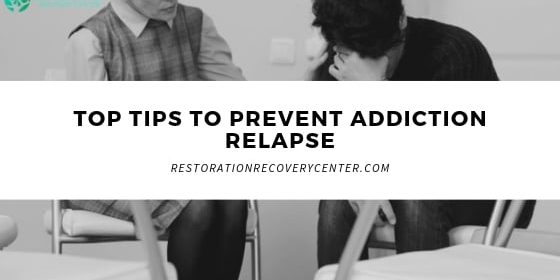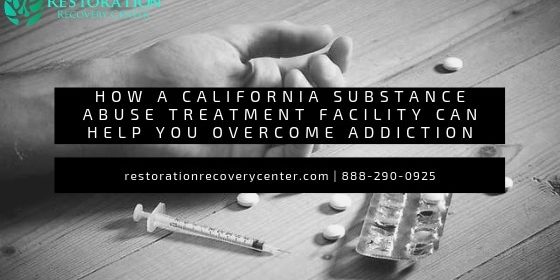EMDR: Should You Try It?
When people hear the term EMDR, they either cringe in fear or nod knowingly. EMDR therapy can help people suffering from PTSD, bring closure to unresolved trauma, and conquer negative thinking patterns. This article will break down the science behind how EMDR works and why it might help you.
The History of EDMR
In 1987, Dr. Francine Shapiro developed a technique that changed lives. While walking in the park, she noticed her mood shift as her eyes moved from side to side. After studying eye movements and their correlation with mood changes, she published a case study on EMD in 1989. Shapiro saw that a lack of attention to traumatic memories causes the development of PTSD or trauma symptoms, which can happen in two ways: through dissociation or re-experiencing traumatic memories. Shapiro suggested Eye Movement Desensitization and Reprocessing (EMDR) therapy will remedy PTSD and trauma-related emotional problems. She theorized that the bilateral stimulation used in EMDR (such as eye movements) would result in information processing, reducing emotional distress. Today, EDMR is used in eight phases.
The Eight Phases of EDMR
EMDR therapy helps rewire a person’s mind, which consequently produces a positive effect on the body. EMDR is an extensive treatment method over eight phases: history taking, preparation, assessment, desensitization, installation, body scan, re-evaluation, and closure.
Phase 1: History Taking
The first phase of EMDR therapy involves taking the patient’s history. This includes information about their trauma or disturbing memory targeted for treatment and background information about the patient and their current symptoms.
Phase 2: Preparation
In the second phase, lasting several sessions, the therapist prepares the patient for EMDR treatment. This preparation includes teaching coping skills, including calming oneself after experiencing disturbing thoughts or images. The relaxing techniques often involve breathing techniques, grounding meditations, and more.
Phase 3: Assessment
In this phase, the therapist asks questions about present situations that cause distress and memories related to the current disturbance. Distressing memories are identified with a target date, negative belief, positive belief, and an associated emotion level. A scale of zero to ten measures how painful the memory is at present.
Phase 4: Desensitization
The fourth phase uses dual attention stimuli such as bilateral eye movements or tapping while concentrating on disturbing thoughts and emotions. The therapist continues until the distress level drops to zero or near zero.
Phase 5: Installation
The fifth phase calls for the installation of positive beliefs. In this phase, participants are asked to focus on positive experiences while doing dual attention stimuli until they feel more substantial or more confident in their abilities in these areas.
Phase 6: Body Scan
Participants undergo a body scan, which enables them to check for any remaining negative sensations related to their traumatic event(s).
Phase 7: Re-evaluation
The therapist analyses the session and makes sure that any negative emotions are replaced with positive ones. If this isn’t the case, it’s a sign that there are still unresolved issues that need to be addressed.
Phase 8: Conclusion
During this phase, the therapist will ask the client to think about what they have learned from the session and what steps they can take in their life to move forward. The therapist will also teach the client self-calming techniques and ways to cope with distressing memories and ask what problems they want to work on next.
6 Signs That You’re Ready for EMDR
- You feel “stuck” in life. The lifestyle changes and coping strategies you’ve tried to manage the symptoms of your depression, anxiety, other mood disorders, trauma-related issues, compulsive behaviors, or substance abuse have not worked very well.
- You have memories that occur frequently and significantly impact your life. Many of us have suffered emotionally damaging events or have witnessed them as children. These memories can cause physical reactions like headaches and other aches/pains. You may feel ashamed, angry, sad, fearful, traumatized, or any combination of these emotions.
- You have unresolved trauma or anxiety. If you have difficulty separating yourself from traumatic memories or have flashbacks to negative experiences, EMDR may be able to help. This type of therapy is particularly effective at helping people with post-traumatic stress disorder (PTSD) and other forms of anxiety.
- You want or need faster results. EMDR therapy is proven to resolve trauma and traumatic memories in half its time with traditional talk therapy. Unlike other therapies, EMDR therapy directly works with your subconscious mind to help you heal faster.
- You’ve lost interest in things you used to love. You’ve stopped doing the things you enjoy and socializing with friends. You may have even stopped working or going to school.
The Risks of Using EMDR Therapy
Some people may experience anxiety while engaging in EMDR therapy or feel anxious after the session is over. Some may experience temporary bouts of anxiety that typically last a short period. Other possible side effects include a dulling of negative emotions, a sense of irritability, and general emotional numbness. Regardless, the therapist can make certain adjustments for future sessions to address these needs if they do occur. It’s important to share these feelings with your therapist to process them appropriately.
Choosing Healing at Restoration Recovery With EDMR
Trauma from the past helps explain why some people struggle with drug and alcohol addiction. Restoration Recovery Center uses EMDR therapy to help people unpack and heal those painful experiences. From EDMR, your brain can process the emotions attached to these memories, leading to healing emotional wounds. So get ready to see your life in a new light, break the addiction cycle, and lead a happier, healthier life.
EMDR treatment is gaining popularity because it shows great promise for treating a wide range of emotional disorders and trauma. If you’re suffering from stress, mood swings, or even PTSD related to past trauma, EMDR might be the treatment that works for you. The therapy helps people overcome negative feelings quickly to start living again. The goal of EMDR is to process negative experiences. At Restoration Recovery, EMDR is just one of many methods we employ to help you see your life in a different light. At Restoration Recovery, we don’t just want to help you recover from your SUD. We want to give you the tools you need to end your addiction and thrive after experiencing trauma. Choose our treatment center, and begin taking back control of your life. If you’re interested in learning how trauma-focused treatment can help you get your life back on track, contact us today at (888) 290-0925.






